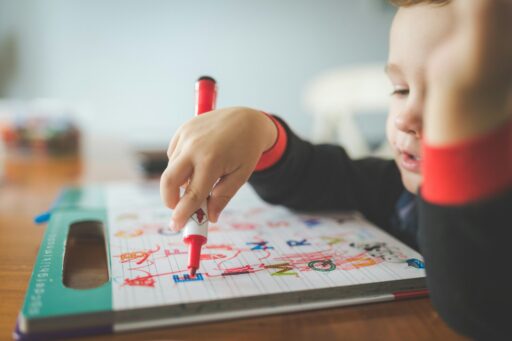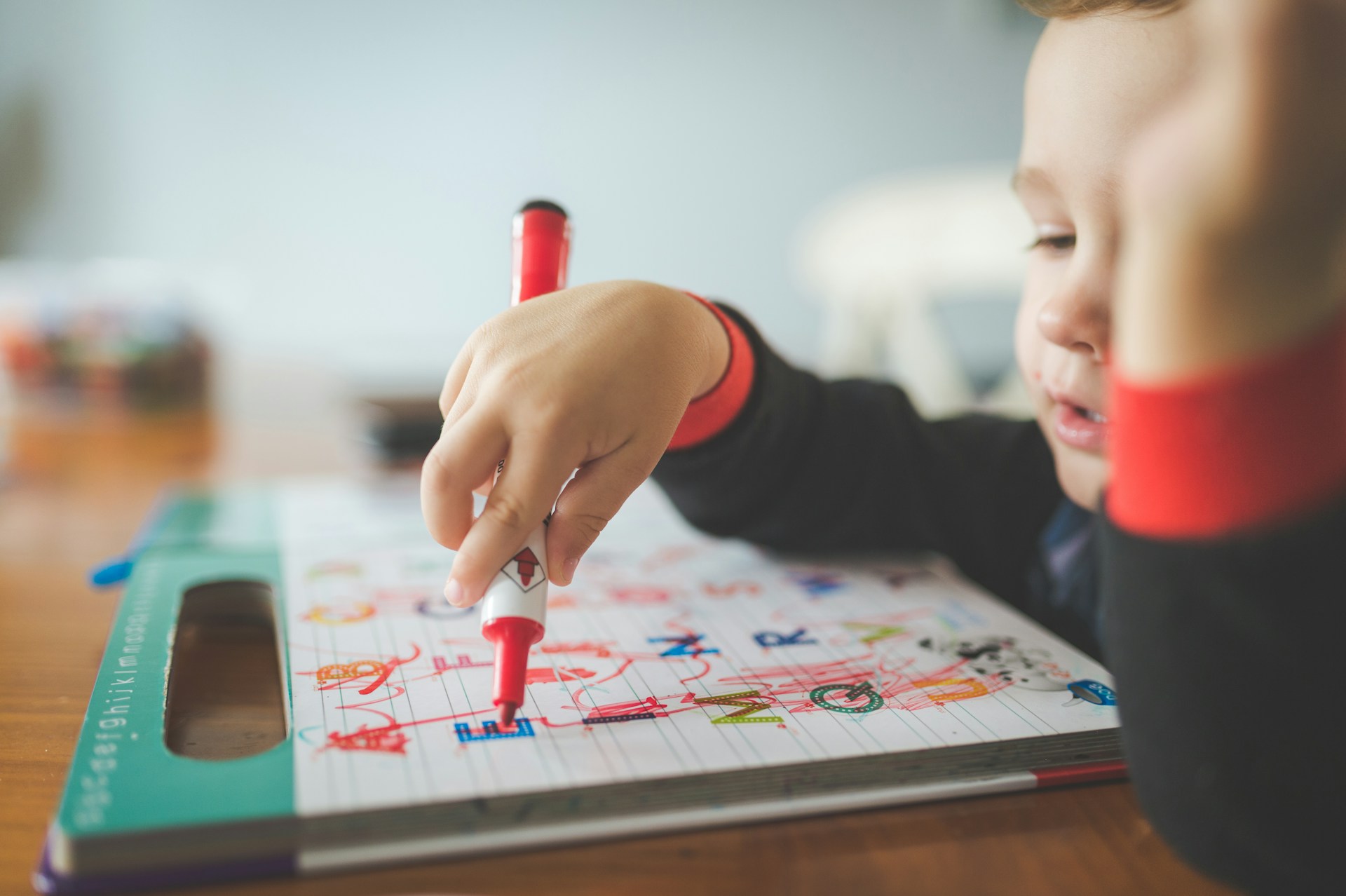Many parents believe that when their child reads a book or can identify letters, reading begins. However, the foundation for reading and writing actually begins at birth through play, daily interactions, and talk. By considering the broader development of literacy, we can create robust settings where language emerges by itself and revolutionise the way that we support our children’s learning. Early literacy is so much more than simply being able to read. It encompasses speaking, listening, vocabulary building, and reading comprehension, all of which are crucial elements of future academic achievement.
The Building Blocks of Language Development
They must first understand the complexity of what is heard before they can read written words. This all begins with babbling, then proceeds to the initial words, and then increasingly becomes complex sentence structures. Little children are learning the neural pathways that will later facilitate reading comprehension, along with understanding how a conversation goes and learning the rhythm and patterns of language. Each interaction is built upon this foundation, whether it is talking about daily routines or learning to recite nursery rhymes. Children with high-quality verbal interactions in their early days continue to have higher literacy skills throughout their education, a wealth of research suggests.
Establishing Language-Rich Environments
Planned lessons or expensive educational products are not required for a language-rich environment. Instead, it depends on the natural exchange of experiences, anecdotes, and meaningful conversations that continually occur throughout the day. Children are helped by educators who understand how to integrate language development into every aspect of play and investigation when families choose high-quality early learning programs, including the kindergarten Ballarat options. Children’s communication skills are fortified in these environments as they are invited to ask questions, express their opinions, and engage in two-way conversation. Basic activities that promote vocabulary and understanding growth include cooking together, taking nature walks, and discussing daily activities.
The Power of Stories and Shared Reading
Reading out loud to children is still the strongest predictor of later literacy success, even when children are too young to know all the words. Through shared reading, children begin to realise that books are full of stories, text conveys meaning, and reading happens in a left-to-right, predictable way. They develop an awareness of story structure (start, middle, and finish) as they make predictions and discuss. The emotional bonding that occurs in these quiet moments of reading also generates positive reading and learning associations. High-quality early childhood programs acknowledge this value, using storytelling and literature throughout the daily routine in order to develop a true love of reading.
Play-Based Learning and Literacy Development
Play is children’s natural learning laboratory, where literacy skills emerge naturally through purposeful activities. During dramatic play, children are rehearsing story skills, building vocabulary, and trying out varying voices and characters. Art projects build fine motor skills necessary for writing, while block building builds spatial awareness and problem-solving skills necessary for reading. Music and movement projects build phonological awareness, the sense of hearing and playing with sound within words. These relationships are understood by early childhood teachers, who create play experiences that organically include literacy components without making learning a chore.
Facilitating Emerging Writers
Development of writing starts much earlier than children are able to create distinguishable letters. It begins with scribbling, drawing, and creating marks that convey their ideas and thoughts. Supporting these initial attempts, no matter how they look, assists in children becoming confident communicators and recognising that writing is yet another means of conveying ideas. Offering different materials to write with and situations to write in during the day gives children practice in using diverse instruments and surfaces. By valuing these initial writing efforts in early childhood programs, children learn that their thoughts and ideas are worth documenting, building the motivation that fuels future writing achievement.
The Use of Technology in Early Literacy
Technology should not replace traditional literacy activities, but when used critically, it has the potential to augment language development experiences. Interactive e-books, which underline the words as they are read, can assist children in linking sounds and written text. School apps that introduce phonological awareness or vocabulary skills can augment but not replace human interaction. Yet the most important component is still human interaction; children acquire language most effectively in responsive communication with warm adults who can tailor their interaction to every child’s unique needs and interests. High-quality early learning programs blend technology with ample direct interaction and hands-on activities.
Collaborating with Families for Literacy Achievement
Effective early literacy growth involves solid collaboration among families and early childhood professionals. If families are informed about how routine tasks contribute to the development of literacy, they can feel secure infusing learning into daily activities. Reading books together, reciting songs, having conversations, and fostering children’s natural curiosity all promote literacy readiness. Early childhood programs with open communication channels with families, exchanging information about each child’s development and offering home activity suggestions, build ongoing support systems that optimise children’s ability to learn. The team approach provides ongoing literacy development across all settings where children are present.


